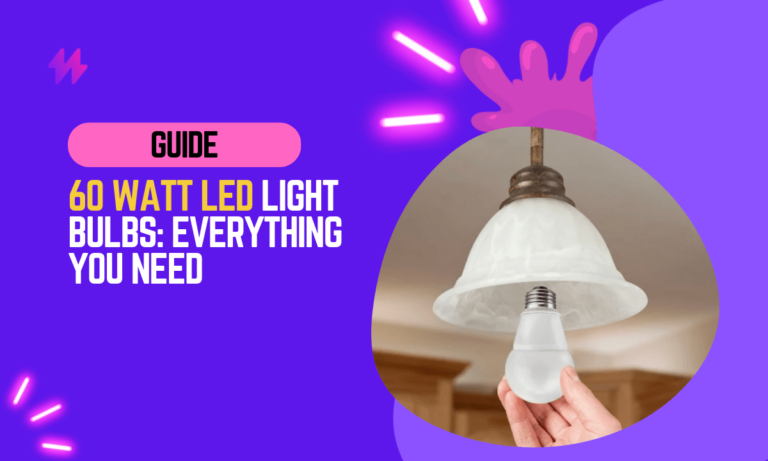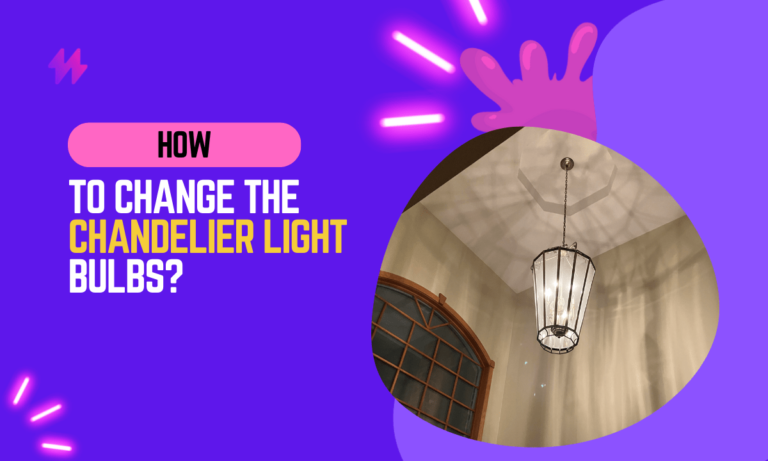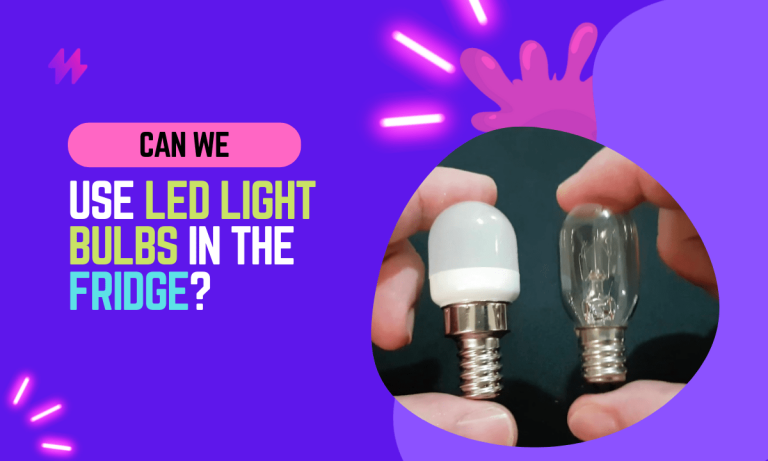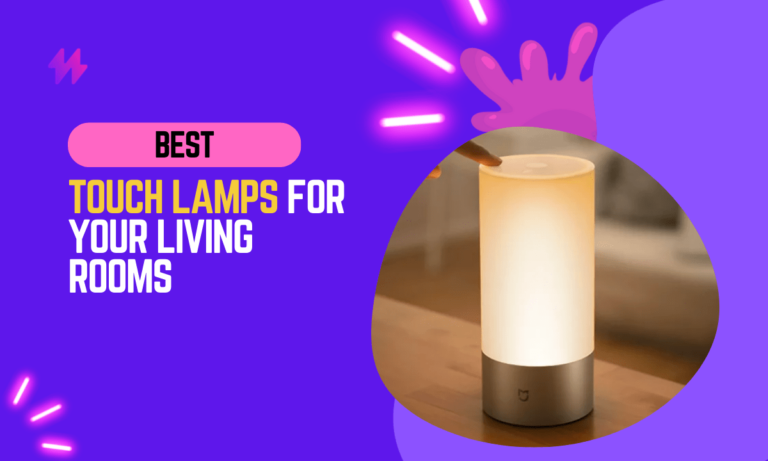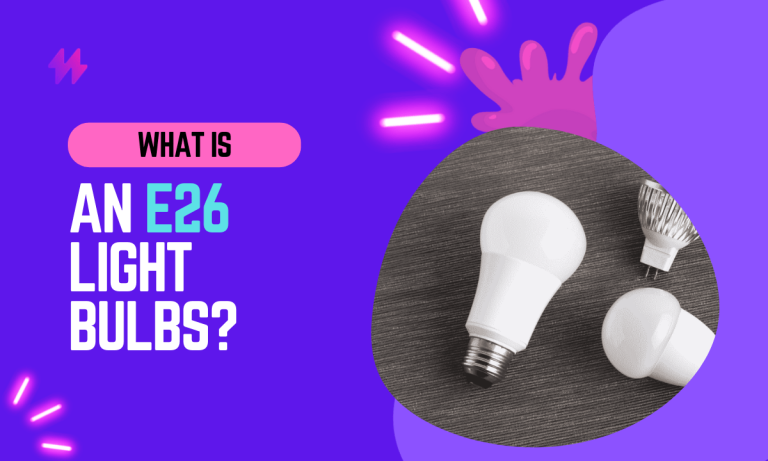How to Get a Stuck Light Bulb Out of a Recessed Socket?
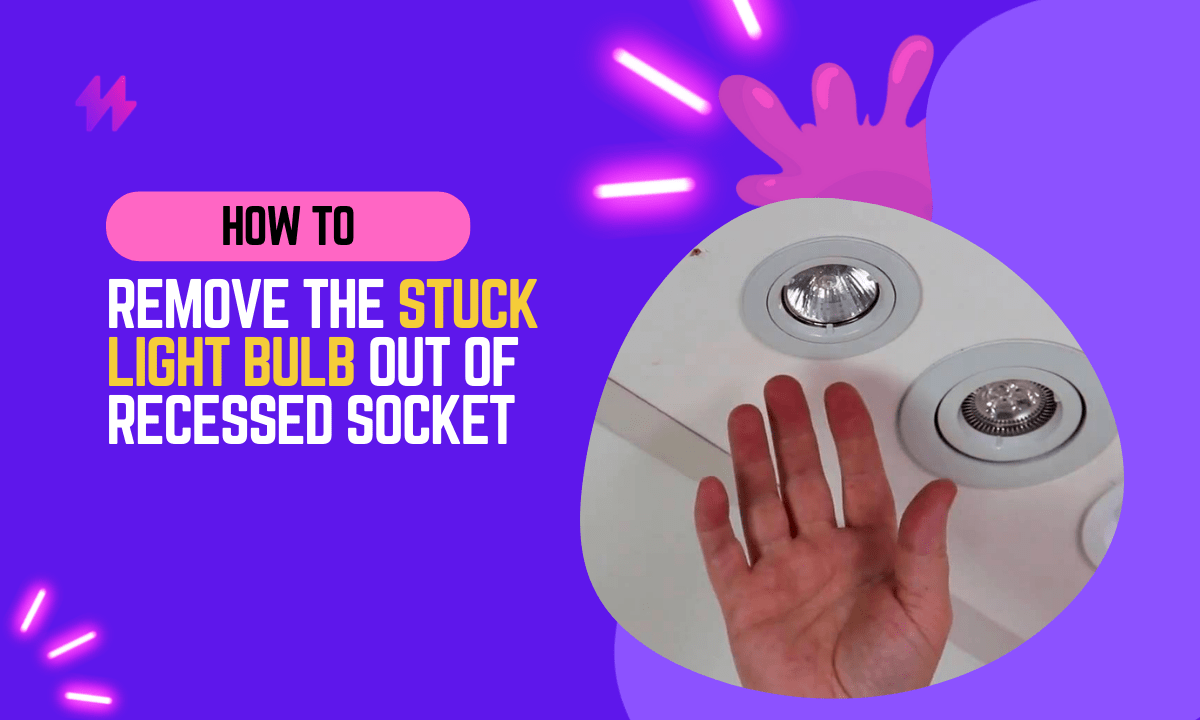
If you’ve ever tried to change a light bulb in a recessed socket, you know the frustration of trying to remove a stuck bulb. Whether it’s due to age, corrosion, or improper installation, getting a stuck light bulb out of a recessed socket can be a real headache. But with the right tools and a bit of patience, it’s a problem that can be solved.
Here’s a step-by-step guide on how to get a stuck light bulb out of a recessed socket.
Gather Your Tools
Before you start trying to remove the stuck light bulb out, you’ll need to gather the necessary tools. Depending on the type of light bulb and socket you have, you may need a few different tools. Here’s a list of common tools you might need:
- A pair of pliers or a light bulb wrench
- A rubber band
- A small screwdriver or a needle-nose plier
- A can of penetrating oil
- A hairdryer
Also read: Do LED Light Bulbs Get Hot?
Determine the Type of Light Bulb and Socket You Have
There are two main types of light bulbs and sockets: screw-in and pin-based. Screw-in bulbs are the most common, and they are typically easy to remove. Pin-based bulbs, on the other hand, are a bit more complicated. They use a series of pins to connect the bulb to the socket, and they can be more difficult to remove.
To determine the type of LED bulb and socket you have, look at the base of the light bulb. If it has a screw-in base, you’ll see a small hole in the center. If it has a pin-based base, you’ll see a series of pins arranged in a circular pattern.
Method 1: Try Removing the Bulb by Hand
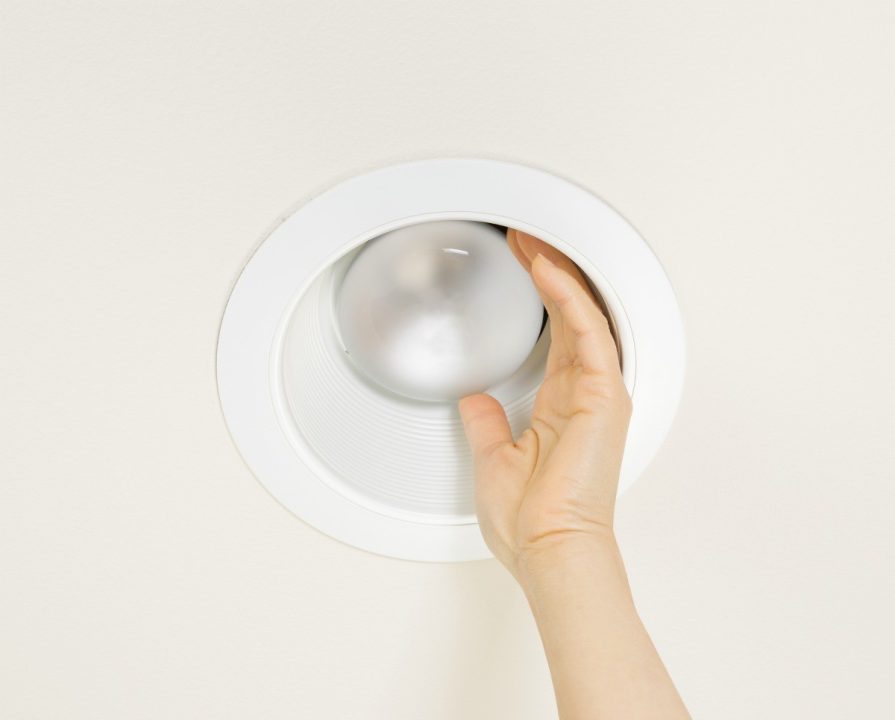
Before you start using tools, try removing the stuck light bulb by hand. Depending on the type of bulb and socket you have, you may be able to simply twist the bulb counterclockwise to loosen it. If the bulb is really stuck, you may need to use a bit of force. Just be careful not to apply too much pressure, as you don’t want to break the bulb or the socket.
You may also like: How to fix broken LED light strip
Method 2: Use Pliers or a Light Bulb Wrench
If the light bulb is still stuck, you’ll need to use a tool to try and loosen it. A pair of pliers or a light bulb wrench is a good place to start. To use a pair of pliers, grip the base of the light bulb firmly and twist counterclockwise. If you’re using a light bulb wrench, follow the same process, but be sure to grip the bulb firmly so you don’t slip.
Method 3: Try a Rubber Band
If the light bulb is still stuck, you can use a rubber band to get a better grip. To do this, stretch a rubber band around the base of the light bulb and twist it counterclockwise. The rubber band will provide extra traction, making it easier to loosen the stuck bulb.
Also read: E26 Bulbs and how to choose them.
Method 4: Use a Screwdriver or Needle-Nose Pliers
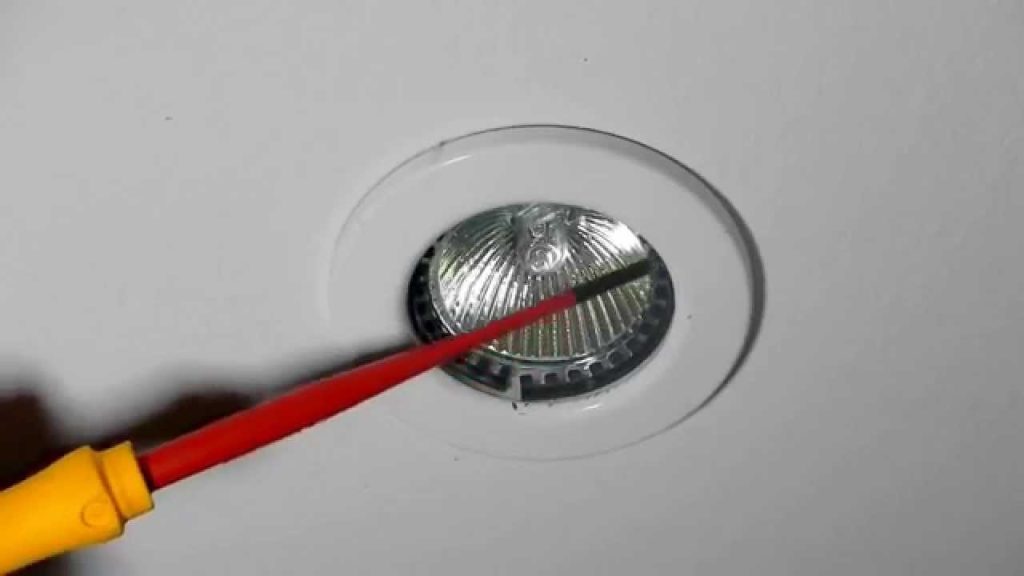
If the light bulb is still stuck, you can try using a small screwdriver or needle-nose pliers to loosen it. To use a screwdriver, insert the tip into the base of the light bulb and twist counterclockwise. If you’re using needle-nose pliers, grip the bottom of the light bulb and twist counterclockwise. Be sure to use caution when using these tools, as they can be sharp and may damage the light bulb or the socket if used improperly.
Method 5: Use Penetrating Oil
If the light bulb is still stuck, it may be due to corrosion or rust in the socket. In this case, you can try using a penetrating oil to loosen the stuck bulb. To use penetrating oil, simply spray a small amount onto the base of the light bulb and let it sit for a few minutes. The oil will help to loosen any rust or corrosion that may be preventing the light bulb from coming out.
Method 6: Use a Hair Dryer
If all else fails, you can try using a hair dryer to loosen the stuck light bulb. To do this, simply heat the base of the light bulb with the hair dryer for a few minutes. The heat will help to expand the metal in the socket, making it easier to remove the stuck bulb. Just be sure not to get the hair dryer too close to the light bulb, as it could cause the bulb to break.
You may also like: How To Reset Smart Bulb in 4 Easy Steps
Seek Professional Help
If you’ve tried all the above steps and the light bulb is still stuck, it may be time to seek professional help. A licensed electrician will have the knowledge and tools to safely remove the stuck light bulb without damaging the socket or the light fixture. It’s always better to be safe than sorry when it comes to electrical work, so don’t hesitate to call in a professional if you’re having trouble.
Conclusion
In conclusion, removing a stuck light bulb from a recessed socket can be a challenging task that requires careful handling to avoid breakage and potential injury. The first step in this process is ensuring that the power is completely turned off to avoid electrical hazards. Using gloves or a dry cloth to gain a better grip on the bulb is advisable, as it can prevent the bulb from shattering in your hand and provides added protection against electrical contact. If the bulb remains stuck, methods such as the tape method, where strong duct tape is used to create a handle on the bulb, can be effective. This approach allows for more leverage when attempting to unscrew the bulb by turning it counterclockwise.
Moreover, if traditional methods fail, specialized tools like a broken bulb extractor may be required. These are designed specifically for dealing with stuck or broken bulbs, providing a safe and effective way to remove them without causing damage to the socket or the surrounding area. It’s important to handle these situations with patience and care to avoid damaging the socket, which can lead to further electrical issues or the need for professional repair. By following these guidelines, you can safely and effectively remove a stuck light bulb from a recessed socket, ensuring that your lighting fixtures are maintained in good condition and continue to function properly. Such maintenance tasks, while seemingly minor, contribute significantly to the overall safety and efficiency of household electrical systems.

